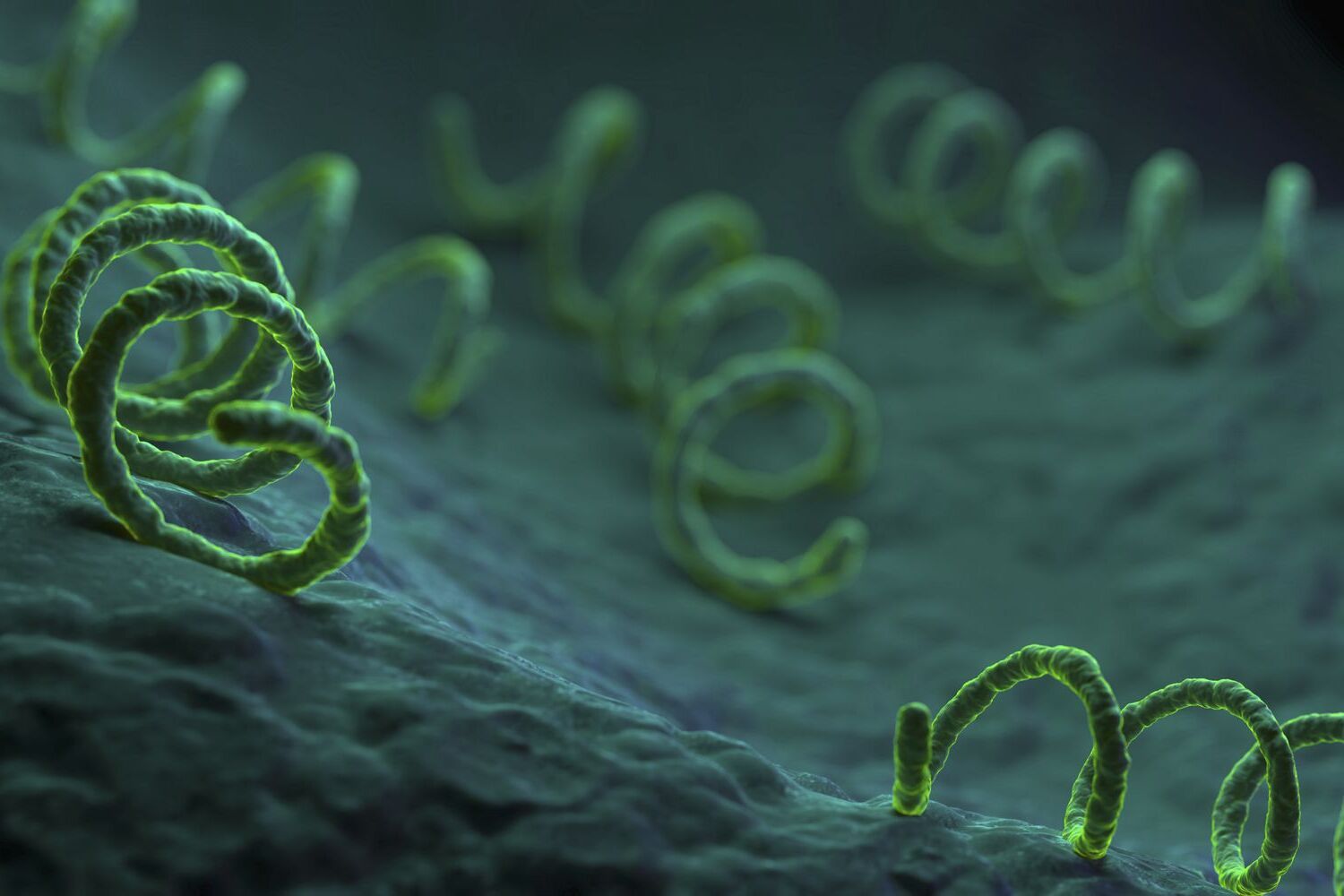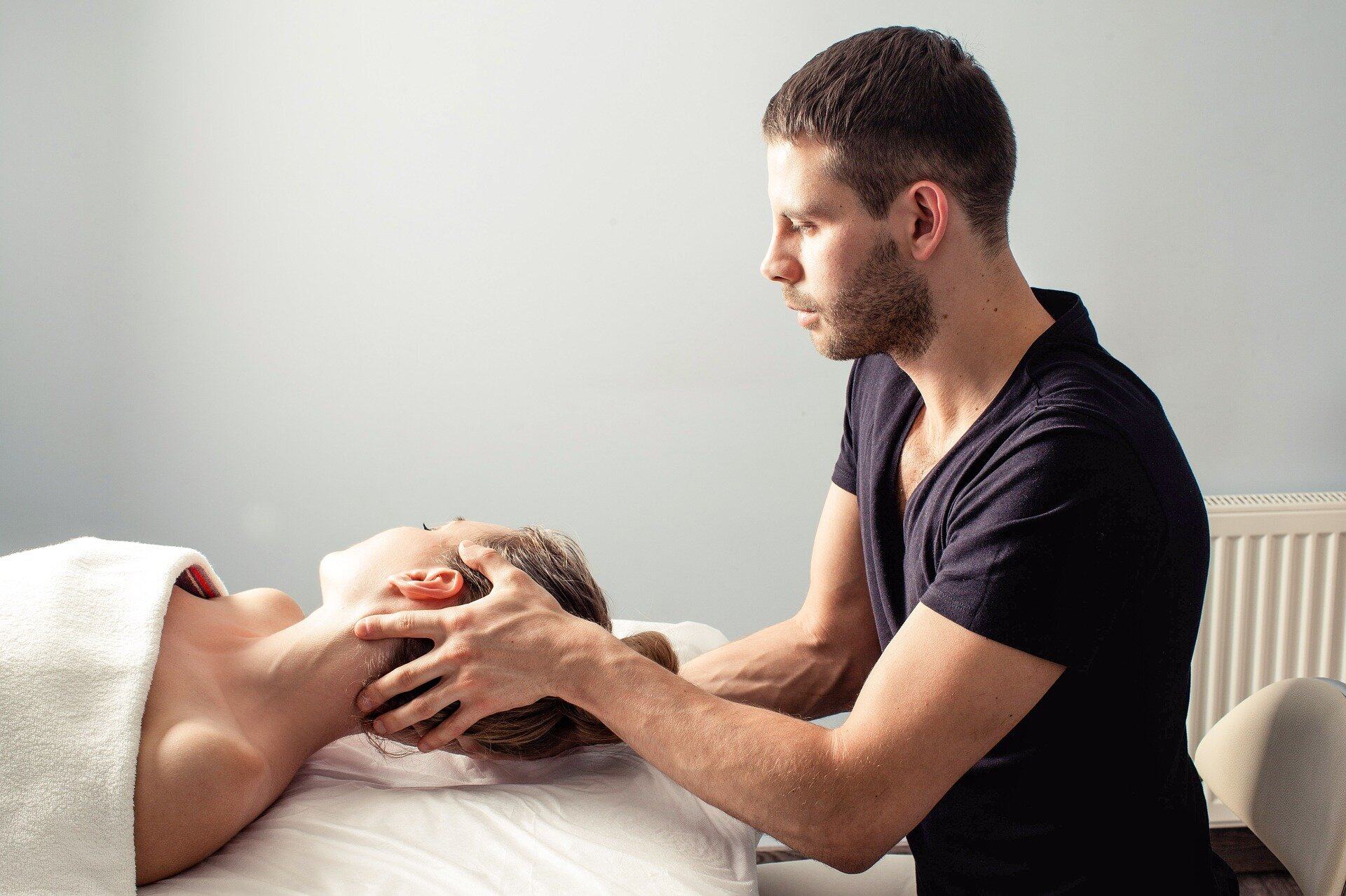
Yaws is a chronic bacterial infection primarily affecting the skin, bones, and joints. Caused by the bacterium Treponema pallidum pertenue, it predominantly impacts children in tropical regions. This disease spreads through direct contact with the fluid from a lesion of an infected person. Yaws manifests initially as a painless sore, often on the legs or arms, which can later develop into more severe skin and bone issues if untreated. Despite being highly contagious, it is curable with a single dose of antibiotics. Understanding Yaws is crucial for preventing its spread and ensuring timely treatment. Here are 40 facts to help you grasp the essentials of this disease.
Key Takeaways:
- Yaws is a neglected tropical disease that affects children and can cause painless ulcers, bone damage, and deformities if left untreated. Early diagnosis and treatment are crucial for preventing severe symptoms.
- Efforts to eradicate Yaws have faced challenges, including reaching remote areas, lack of funding, and stigma. However, with new diagnostic tools and international collaborations, there is hope for its eradication.
What is Yaws?
Yaws is a chronic infection that primarily affects the skin, bones, and joints. It is caused by the bacterium Treponema pallidum subspecies pertenue. This disease is most common in warm, humid, tropical regions.
- Yaws is a neglected tropical disease that primarily affects children under 15 years old.
- The disease is transmitted through direct skin contact with an infected person.
- Yaws is not sexually transmitted, unlike its close relative, syphilis.
- The initial symptom is a painless ulcer at the site of infection, often called a "mother yaw."
- Without treatment, the disease progresses to secondary and tertiary stages, causing more severe symptoms.
Symptoms and Stages of Yaws
Yaws progresses through several stages, each with distinct symptoms. Understanding these stages can help in early diagnosis and treatment.
- The primary stage features a single, painless ulcer that can last for weeks.
- In the secondary stage, multiple skin lesions appear, often accompanied by swollen lymph nodes.
- The tertiary stage can cause severe damage to the skin, bones, and joints, leading to deformities.
- Bone pain and swelling are common in the later stages of the disease.
- Gummatous lesions, which are soft, tumor-like growths, can develop in the tertiary stage.
Diagnosis and Treatment
Early diagnosis and treatment are crucial for preventing the progression of Yaws. Modern medicine has made it easier to manage this disease.
- Yaws can be diagnosed through a blood test that detects antibodies against the bacterium.
- A rapid diagnostic test (RDT) can provide results in less than 30 minutes.
- The primary treatment for Yaws is a single dose of benzathine penicillin.
- For those allergic to penicillin, azithromycin is an effective alternative.
- Early treatment can prevent the disease from progressing to more severe stages.
Historical and Global Impact
Yaws has a long history and has affected millions of people worldwide. Efforts to control and eliminate the disease have been ongoing for decades.
- Yaws was first described in the 15th century.
- The World Health Organization (WHO) launched a global campaign to eradicate Yaws in the 1950s.
- By the 1970s, the disease was nearly eradicated, but it resurged due to lack of continued efforts.
- In 2012, WHO launched a new initiative to eradicate Yaws by 2020.
- Yaws is currently endemic in 13 countries, mostly in Africa and Southeast Asia.
Prevention and Control
Preventing Yaws involves both individual and community efforts. Public health initiatives play a crucial role in controlling the spread of the disease.
- Personal hygiene and avoiding direct contact with infected individuals can reduce the risk of transmission.
- Community health education programs are essential for raising awareness about Yaws.
- Mass treatment campaigns, also known as "yaws rounds," have been effective in reducing the prevalence of the disease.
- Surveillance systems are crucial for monitoring and responding to new cases.
- Vector control is not necessary for Yaws, as it is not transmitted by insects.
Interesting Facts About Yaws
Yaws has some unique characteristics and historical anecdotes that make it an interesting subject of study.
- The name "Yaws" comes from the Caribbean word "yaya," meaning sore.
- Yaws is sometimes referred to as the "mother of all ulcers" due to its characteristic lesions.
- The bacterium that causes Yaws is closely related to the one that causes syphilis, but they are not the same.
- Charles Darwin is believed to have contracted Yaws during his travels in South America.
- Yaws can affect animals, particularly monkeys, although this is rare.
Challenges in Eradication
Despite efforts to eliminate Yaws, several challenges remain. Addressing these challenges is crucial for achieving global eradication.
- Remote and rural areas are often the hardest hit, making it difficult to reach all affected individuals.
- Lack of funding and resources can hinder eradication efforts.
- Stigma and misconceptions about the disease can prevent people from seeking treatment.
- Climate change and environmental factors can influence the spread of Yaws.
- Political instability in some endemic regions can disrupt public health initiatives.
Future Prospects
The future of Yaws eradication looks promising, but continued efforts are necessary. Innovations in medicine and public health can help achieve this goal.
- New diagnostic tools are being developed to improve early detection.
- Mobile health technologies are being used to track and treat cases in remote areas.
- International collaborations are essential for sharing knowledge and resources.
- Community involvement is crucial for the success of eradication programs.
- With sustained efforts, Yaws could become the first disease eradicated using antibiotics.
Final Thoughts on Yaws
Yaws, a bacterial infection, mainly affects skin, bones, and joints. It's caused by the bacterium Treponema pallidum pertenue. This disease primarily impacts children in tropical regions. Early symptoms include skin sores and lesions, which can progress to more severe issues if untreated. The good news? A single dose of antibiotics like azithromycin can cure it. Prevention focuses on improving hygiene and living conditions, along with early detection and treatment. Public health initiatives play a crucial role in controlling its spread. Understanding yaws helps in combating it effectively. By spreading awareness and ensuring access to medical care, we can work towards eradicating this disease. So, next time you hear about yaws, you'll know it's not just a random word but a significant health issue that can be tackled with the right measures. Stay informed, stay healthy!
Frequently Asked Questions
Was this page helpful?
Our commitment to delivering trustworthy and engaging content is at the heart of what we do. Each fact on our site is contributed by real users like you, bringing a wealth of diverse insights and information. To ensure the highest standards of accuracy and reliability, our dedicated editors meticulously review each submission. This process guarantees that the facts we share are not only fascinating but also credible. Trust in our commitment to quality and authenticity as you explore and learn with us.


